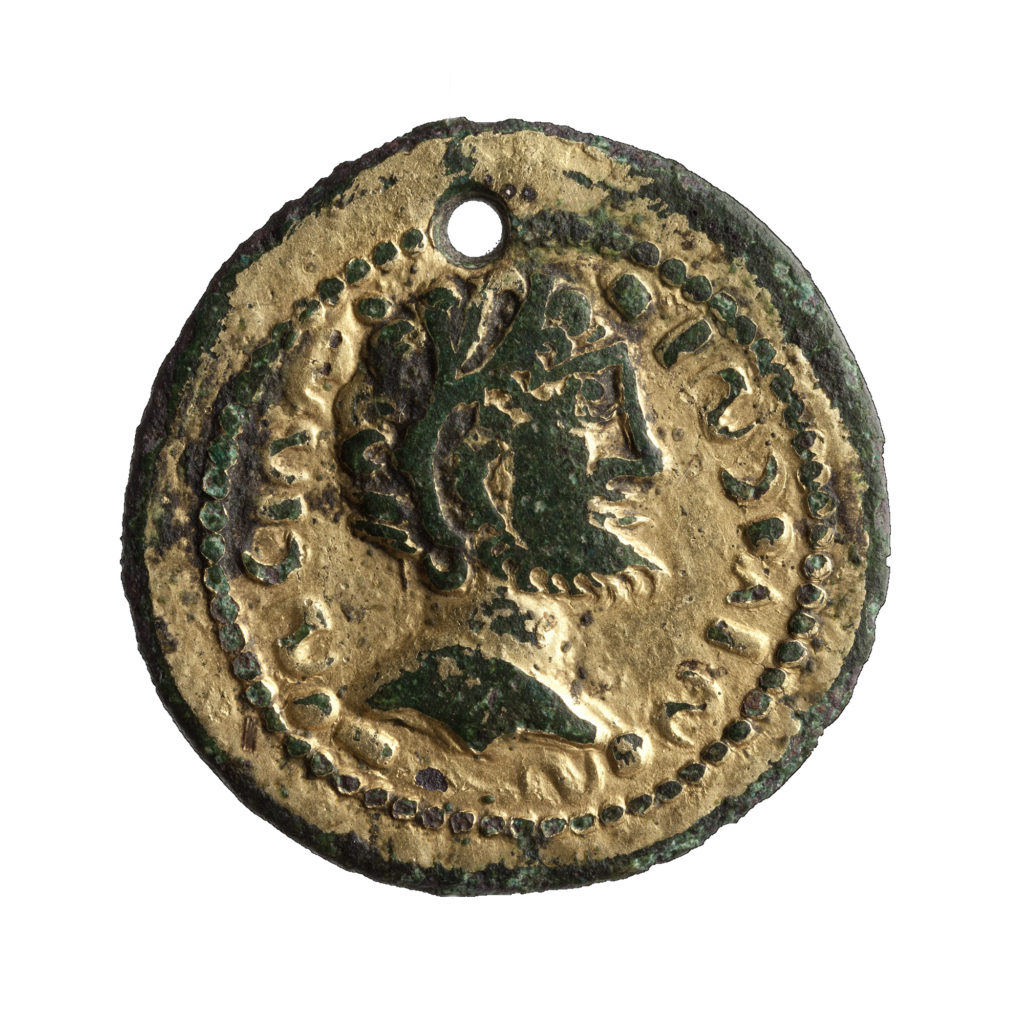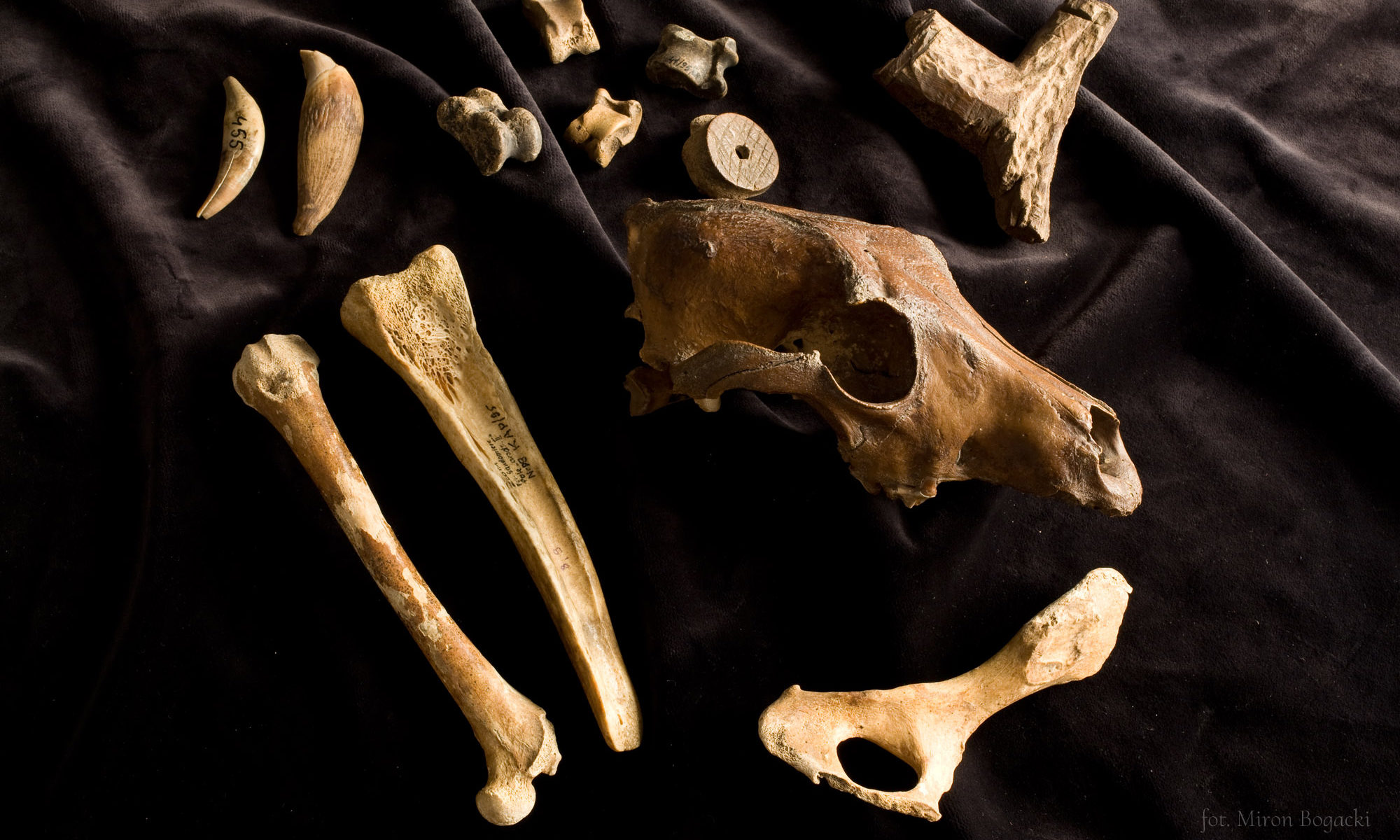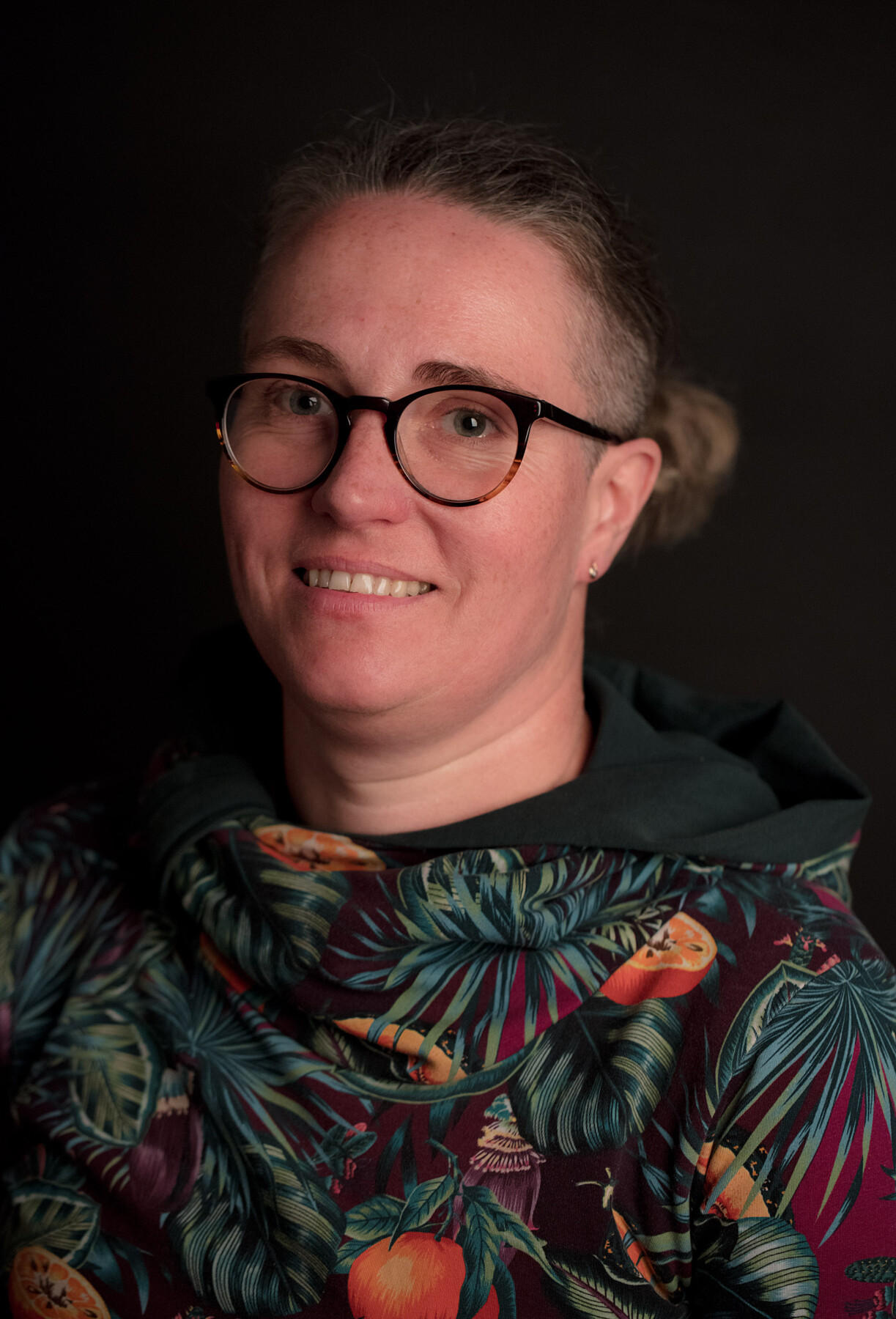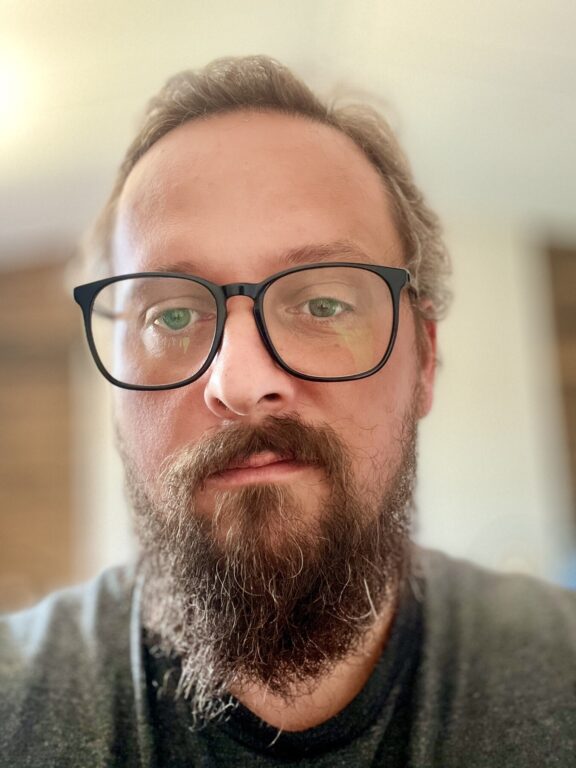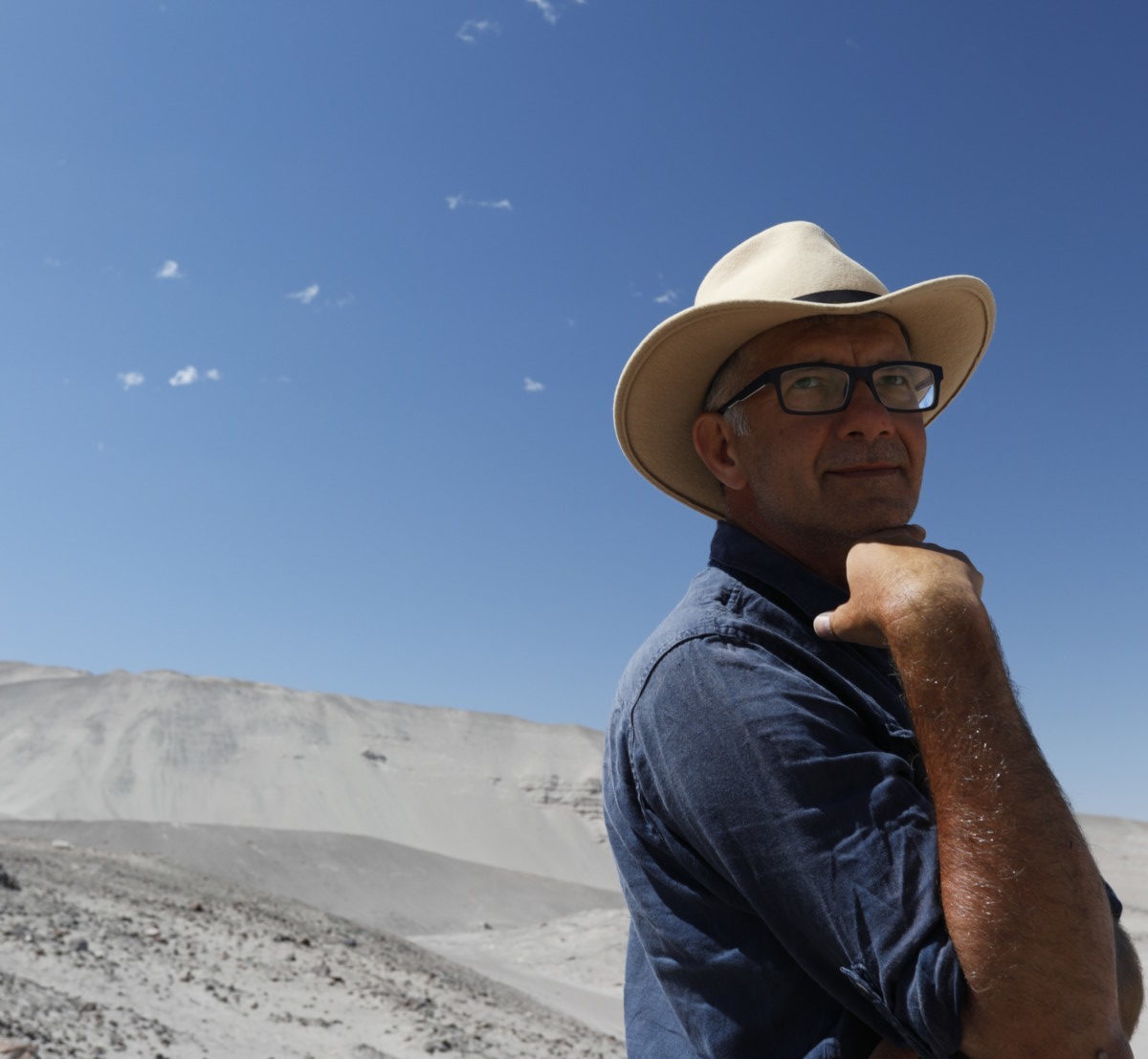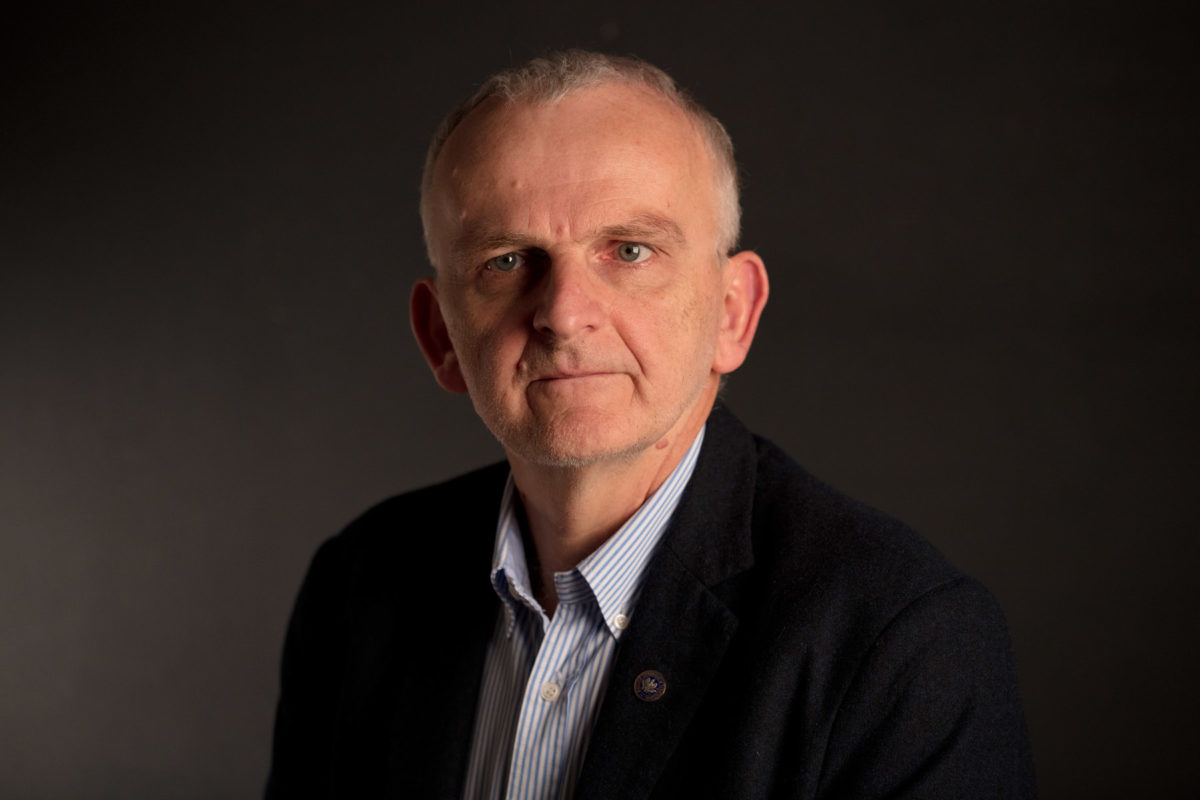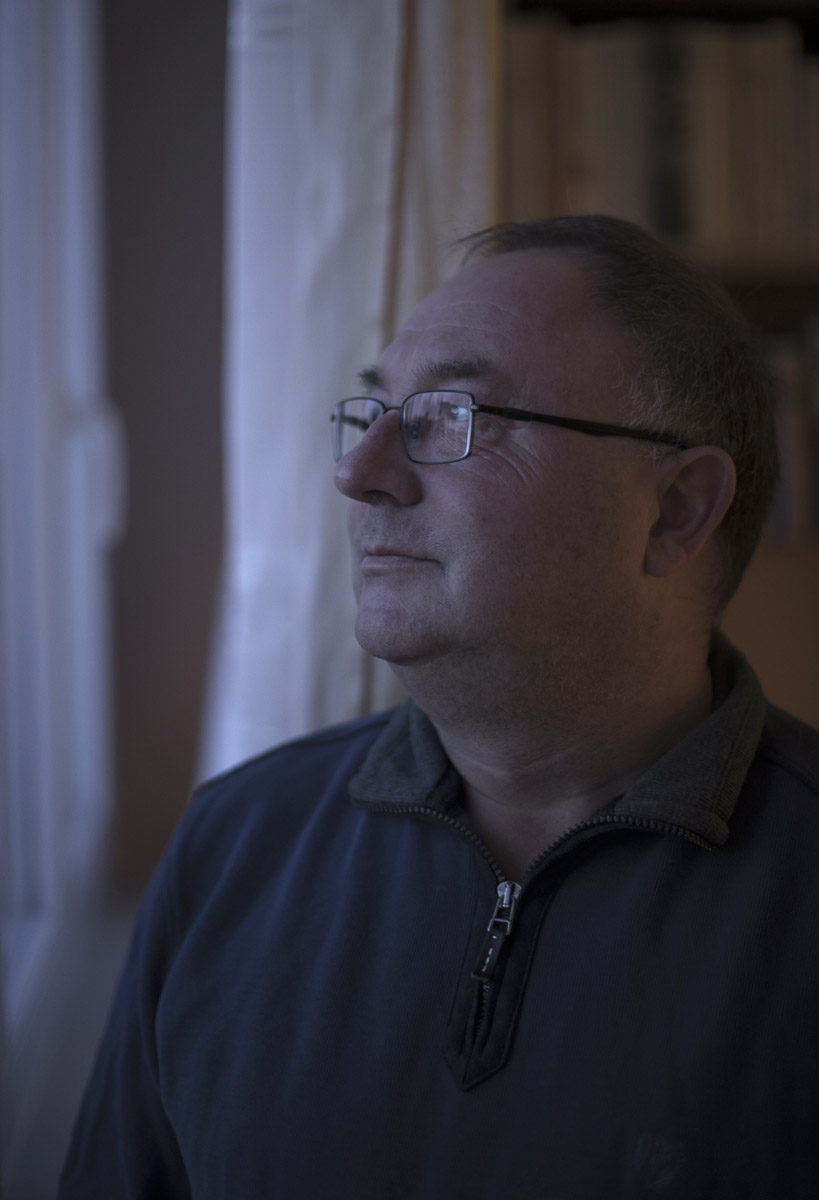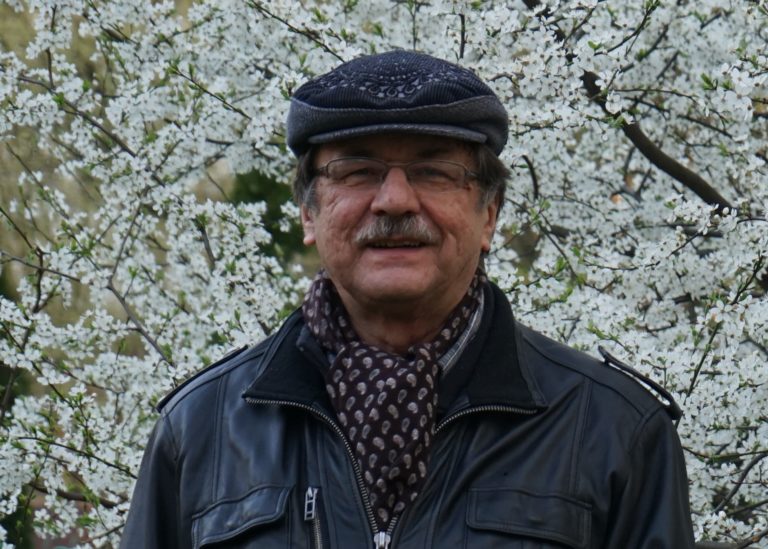
prof. dr Adam Łukaszewicz
Chair of Epigraphy and Papyrology
e-mail:
adam.Lukaszewicz@adm.uw.edu.pl
duty hours:
Wednesday 14.45-15.45, room 3.15
research interests:
– papyrology and epigraphy
– mediterranean archaeology
– ancient history (research on written sources)
– textual criticism, classical philology
– history of research in Egypt
– reception of Antiquity in Polish literature
about me:
Archaeologist of the Mediterranean, papyrologist and epigraphist, historian of Antiquity.
Habilitation Aegyptiaca Antoniniana. Działalność Karakalli w Egipcie (215-216), Warszawa 1993 (Faculty of History of the University of Warsaw).
Vicepresident of the Committee on Ancient Culture of the Polish Academy of Sciences; member of the committee of the Polish Academy of Learning; member (alumnus) of the Institute for Advanced Study (Princeton), Humboldtian (member of the Societas Humboldtiana Polonorum), honorary member of the Society of Historians of Antiquity.
In the years 1999–2002, director of the archaeological mission of the Polsish Centre of Mediterranean Archaeology in Dendera.
In 2012, promoter of the doctorate honoris cause for prof. dr Hans Hauben from KU Leuven (Belgia).
Member of numerous scientific societies (i.a. former president of the Warsaw Branch of the Societas Philologa Polonorum in the years 2006–2014).
Only in the period 2005–2018, participant in 128 scientific conferences, including 75 international and 53 Polish, with 101 papers delivered during them.
bibliography (selection):
monographs:
Les édifices publics dans les villes de l’Égypte romaine. Problèmes administratifs et financiers, Warsaw 1986; 2nd ed.: Warsaw 2018
Opowieści spod piramid, Warsaw 2015
Vid Tebaidy do Aleksandrii. Pol’ska archeologicna dijal’nist’ v Egypti, Kyiv 2013/From Thebaid to Alexandria. Polish archaeological activities in Egypt, Kiev 2013
Inter Orientem et Septentrionem, Warsaw 2008
Egipt Greków i Rzymian, Warsaw 2006
Kleopatra. Ostatnia królowa starożytnego Egiptu, Warsaw 2005
Wokół Złotej Bogini. Dendera, Warsaw 2004
Arithmos theriou. Uwagi o Apk 13.18, Warsaw 2002
Świat papirusów, Warsaw 2001
Antoninus Philosarapis. Observations on Caracalla’s visit to the Sarapeum of Alexandria, Warsaw 1998
Aegyptiacae quaestiones tres, Warsaw 1995
books translated into Polish:
N. Grimal, Dzieie starożytnego Egiptu, Warsaw 2004 (from French)
P. Grimal, Marek Aureliusz, Warsaw 1997 (from French)
M. Lurker, Bogowie i symbole starożytnych Egipcjan, Warsaw 1995 (from German)
J. Vogt, Upadek Rzymu. Metamorfoza kultury antycznej,Warsaw 1993 (from German)
articles (selection):
‘Ptolemy XII and the Romans – an Alexandrian Money Story’, The Polish Journal of the Arts and CultureNS 3 (1/2016), pp. 29–39
‘Alexander the Great and the Island of Pharos’, [in:] K. Nawotka & A. Wojciechowska (eds.), Alexander the Great and the East. History, Art, Tradition, Wiesbaden 2016, pp. 33–39
‘César et Cléopâtre sur le Nil’, Eos103 (2016), pp. 49–56
‘Remarks on Mars Ultor, Augustus and Egypt’, [in:] Z. Benincasa & J. Urbanik (eds.), Mater familias. Scritti romanistici per Maria Zabłocka, Warsaw 2016, pp. 487–499
‘Egyptian Archaeology – a Part of African Studies?’, [in:] N. Pawlak, H. Rubinkowska-Anioł, & I. Will (eds.), African Studies. Forging New Perspectives and Directions, Warsaw 2016, pp. 19–30
‘Cleopatra and Kandake’, [in:] A. Łajtar, A. Obłuski, & I. Zych (eds.), Aegyptus et Nubia Christiana. The Włodzimierz Godlewski Jubilee Volume on the Occasion of His 70th Birthday, Warsaw 2016, pp. 691–698
‘Improvised Remarks on Alexander the Great and His Heritage’, [in:] K. Twardowska et alii(eds.), Within the Circle of Ancient Ideas and Virtues. Studies in Honour of Professor Maria Dzielska, Cracow 2014, pp. 97–116
‘Alexander and Alexandria – a View from Kom el-Dikka’, [in:] V. Grieb, K. Nawotka, & A. Wojciechowska (eds.), Alexander the Great and Egypt. History, Art, Tradition, Wiesbaden 2014, pp. 307–314
‘Lecture Halls at Kom el-Dikka in Alexandria’, [in:] Divine Men and Women in the History and Society of Late Hellenism, Cracow 2013, pp. 101–112
‘Polish Epigraphical Mission in the Tomb of Ramesses VI (KV 9) in the Valley of the Kings in 2010’, Polish Archaeology in the Mediterranean22, Research 2010(2013), pp. 161–170
‘A Remark on the Name of the Emperor Lucius Aurelius Verus in Egypt’, Études et travaux26 (2013), pp. 448–451
‘Second Thoughts on the Beginnings of Alexandria’, Études et travaux 25 (2012), pp. 206–211
‘Von Alexandria bis Oberägypten. Polnische Archäologie im Lande der Pharaonen, Jahrbuch des Wissenschaftlichen Zentrums der Polnischen Akademie der Wissenschaften in Wien3 (2010–2012), pp. 173–192
‘A Beastie and the Beast’, [in:] Birthday Beasts’ Book. Where Human Roads Cross Animal Trails… Cultural Studies in Honour of Jerzy Axer, Warsaw 2011, pp. 153–159
‘Caesar in Alexandria. Fragmentary Latin Dipinti Discovered at Kom el-Dikka in Alexandria’,The Journal of Juristic Papyrology 41 (2011), pp. 79–92
‘Jean Potocki au pied des pyramides’, [in:] Jean Potocki à nouveau. Études réunies et présentées par Emilie Klene, Amsterdam – New York 2010, pp. 111–120
‘Cornelius Gallus and the Beginnings of Roman Policy in Nubia’, [in:] W. Godlewski & A. Łajtar (eds.), Between the Cataracts, Proceedings of the 11th Conference of Nubian Studies, vol. 2, Warsaw 2010, pp. 535–540
‘Textual Research and the Life of the Amphorae. Some Evidence from Late Roman Alexandria’, [in:] S. Menchelli et alii(eds.), LCRW 3, Late Roman Coarse Wares, Cooking Wares and Amphorae in the Mediterranean, Archaeology and Archaeometry. Comparison between Western and Eastern Mediterranean, Oxford 2010, pp. 941–943
‘Ostraca and Architecture at Kom el-Dikka’, The Journal of Juristic Papyrology39 (2009), pp. 121–131
‘Quelques observations sur les chrématistes de Syène (P. Eleph. DAIK 1)’, Symposion1999, Cologne 2003, pp. 433–442
‘Artémisia – l’Antigone de Memphis? (À propos de la steresis thekes)’, Symposion1993, Cologne 1994, pp. 215–218
‘Einige Bemerkungen zu den Asketen in den griechischen urkundlichen Papyri’, [in:] W. Godlewski (ed.), Coptic Studies, Warsaw 1990, pp. 93–101
‘Some Berlin Papyri Reconsidered’, Zeitschrift für Papyrologie und Epigraphik82 (1990), pp. 129–132
‘Zum Papyrus Gissensis 40 I 9 (“Constitutio Antoniniana”)’, The Journal of Juristic Papyrology 20 (1990), pp. 93–101
‘Quelques remarques sur un saint anachorète de Faras’, Études et travaux10 (1978), pp. 355–362
